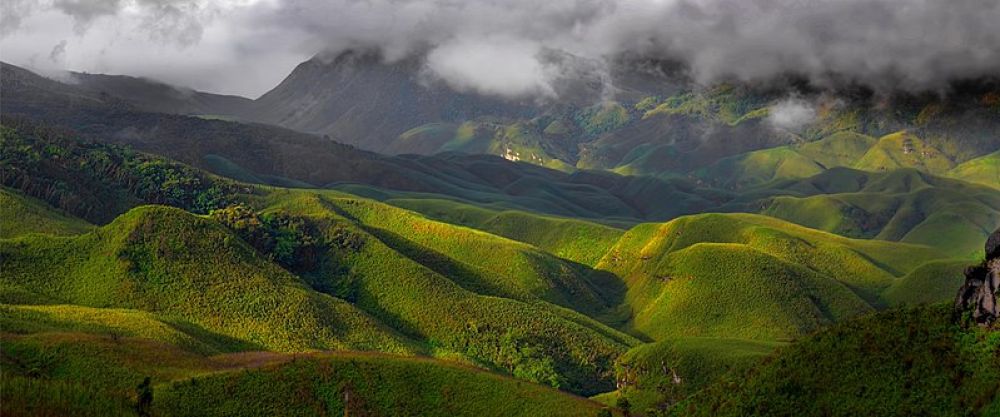

Nestled in the northeastern part of India, Dzükou Valley is one of the untouched jewels in the crown of Nagaland's landscapes. Often referred to as the 'Valley of Flowers' of the East, it is located at the border of the states of Nagaland and Manipur. The history of tourism in Dzükou Valley is as enchanting as its rolling hills and vibrant biodiversity.
The splendor of Dzükou Valley has always been revered by the indigenous people. Historically, the valley was used by local tribes for grazing livestock and as a source of natural resources. It wasn't until the late 20th century that the valley began to gain recognition as a special tourist destination, particularly among adventure enthusiasts and nature lovers from within India.
By the early 2000s, word of the valley's beauty had reached international audiences. This period witnessed enlightenment about the importance of conservation, and thus, ecotourism started to take center stage. Tourism efforts began to focus on preserving the natural integrity of Dzükou Valley while promoting sustainable visitation. Trekking and camping became popular activities that drew visitors from around the globe, eager to experience Dzükou’s serene landscapes.
As tourism demand increased, so did the need for basic tourist facilities. The government and local communities took steps to build guesthouses and improve the trekking routes for better and safer tourist experiences. Despite the infrastructural developments, there remains a steadfast commitment to maintaining the ecological balance of the valley.
With the rise in popularity, Dzükou Valley has faced challenges such as littering and the potential for environmental degradation. However, stringent conservation efforts have been put in place. Community-driven initiatives have been essential in promoting responsible tourism, and several NGOs have worked to educate visitors on the importance of keeping the valley pristine.
Today, Dzükou Valley is an iconic symbol for sustainable tourism in India. The valley experiences a seasonal bloom of different flowers throughout the year, with the most famous being the Dzükou Lily, which is unique to the region. The best time to visit is from June to September when the valley is in full bloom.
The tourism history of Dzükou Valley is a narrative of natural beauty, local heritage, and the growing consciousness of sustainable travel. It continues to attract tourists who seek solace in its undisturbed landscapes and is a testament to the symbiosis between mankind and nature in fostering a sustainable future for tourism.